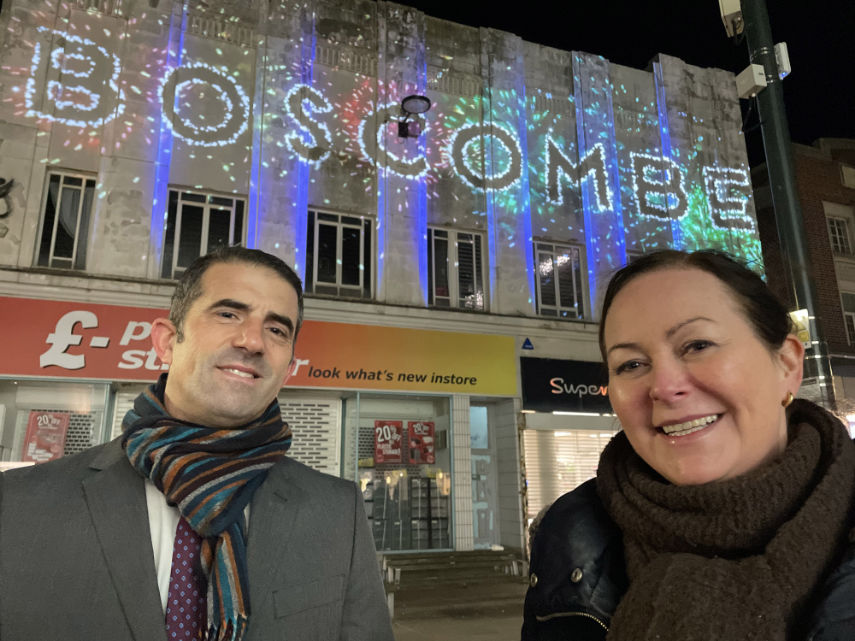Since Fort Worth Zoo started raising Texas horned lizards – also known as the horned frogs – in 2001, the team of ectotherms, or cold-blooded animals, tried to fight against the decline in the number of the species.
On Thursday morning, Fort Worth Zoo ectotherm curator Diane Barber and her team will release the 1,000th captive-born Texas horned lizard in the Mount Mason Wildlife Management Area.
Increased urbanization statewide has resulted in loss of habitat for endangered lizards, said Nathan Rains, Texas Parks and Wildlife Diversity Biologist.
The program is part of a pilot conservation effort that attempts to combat the decline in lizard numbers in the Texas Panhandle, east and north-central Texas. The Fort Worth Zoo is teaming up with the Texas Department of Parks and Wildlife and TCU, whose mascot is the horned frog, to work on reintroduction methodologies.
In order to assess the rate and conditions of survival, the team uses harmonic radar beacons to track the lizards.
The Fort Worth Zoo’s ectotherms team manage about 20 to 24 broods, or groups of eggs, in a year, which averages out at about 20 individual lizards per brood, said assistant curator Vicky Poole.
It takes 60 days for horned lizards to hatch from their Tic Tac-sized eggs. After they reach the age of 4 to 6 weeks, Barber and his team tag them for release.
After cleaning the backs of the lizards with an alcohol wipe, the team uses a super gel glue to attach the harmonic radar beacons to the backs of the animals. The labels weigh less than 0.01 grams; baby lizards weigh 0.09 grams and more.
Attaching the labels to the small bodies is quite simple; The initial reaction of a horned lizard when approached is to stand still and crouch down to blend in with the body, Barber said.
The tags are longer than the bodies of the lizards, appearing as a tail dragging behind them. Barber said the beacons need to be long in order to track them from a distance.
Once in the wild, a field researcher observes the lizards, analyzing the data based on how they are doing outside of their specific brood. As the lizards grow larger and shed their skin, the tags fall off, so the researcher periodically replaces the tags.
Rains said the goal of the project is to determine the feasibility of reintroducing Texas horned lizard populations to where they once were.
“We’ll never be able to restore them to where they were statewide, but if we can restore a few populations and place them in a neighborhood where people can see them, I think that would be a big deal,” he said. said.
Conservation projects are expensive and ultimately it takes money to make it happen, said Tom Harvey, deputy director of communications for Texas Parks and Wildlife. In order to advance efforts like the Fort Worth Zoo pilot program, conservation funding is essential.
The Recover US Wildlife Law is a bipartisan bill in Congress that, if passed, would provide $ 50 million, out of $ 1.3 billion, in funding for Texas conservation efforts. It would also benefit Texas’ nature tourism economy, which brings in hundreds of millions of dollars a year and tens of thousands of jobs, Harvey said.
The Recovering America’s Wildlife Act would not raise taxes, instead directing existing federal money to wildlife nationwide.
Harvey said the Texas horned lizard is an indicator of what’s going on in the natural environment.
“If an animal like this is in trouble, many other animals that share its habitat are in trouble as well,†he said.
Lots of species conservation measures are passed by the eleventh hour, Barber said. At this point, there are few animals left and more legal limitations on how to work with the species.
“For us that was one of the things we talked about, it was ‘Let’s be proactive with the conservation of the species’,†Barber said. “Let’s see how we can bring them back and how we can help them once we find out what’s going on. ”
 Welcome To Poole
Welcome To Poole
_w=1200_h=630.png?v=20220321141806)


